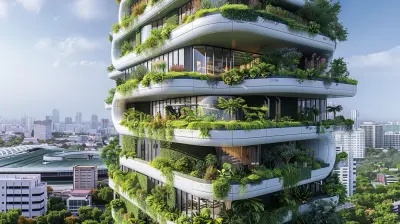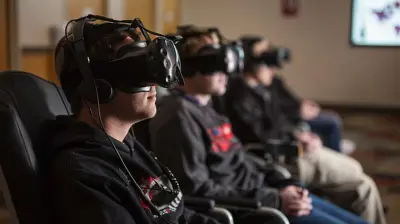How Smart Cities Are Integrating Green Technology
31 August 2025
The world’s population keeps growing, and more people are flocking to cities. As urban areas swell, they're facing a bunch of growing pains—pollution, traffic, overcrowding, and energy overuse just to name a few. Here's the kicker: innovation might just be the ticket out of this mess. That's where smart cities come in, and they aren't just “techy” buzzwords anymore. Smart cities are turning to green technology to solve the very problems that stand in the way of a sustainable future.
This isn't sci-fi anymore. It's happening right now, and it's reshaping how cities function, how people live, and how the planet breathes. So let's dig into how smart cities are integrating green technology and why you should care.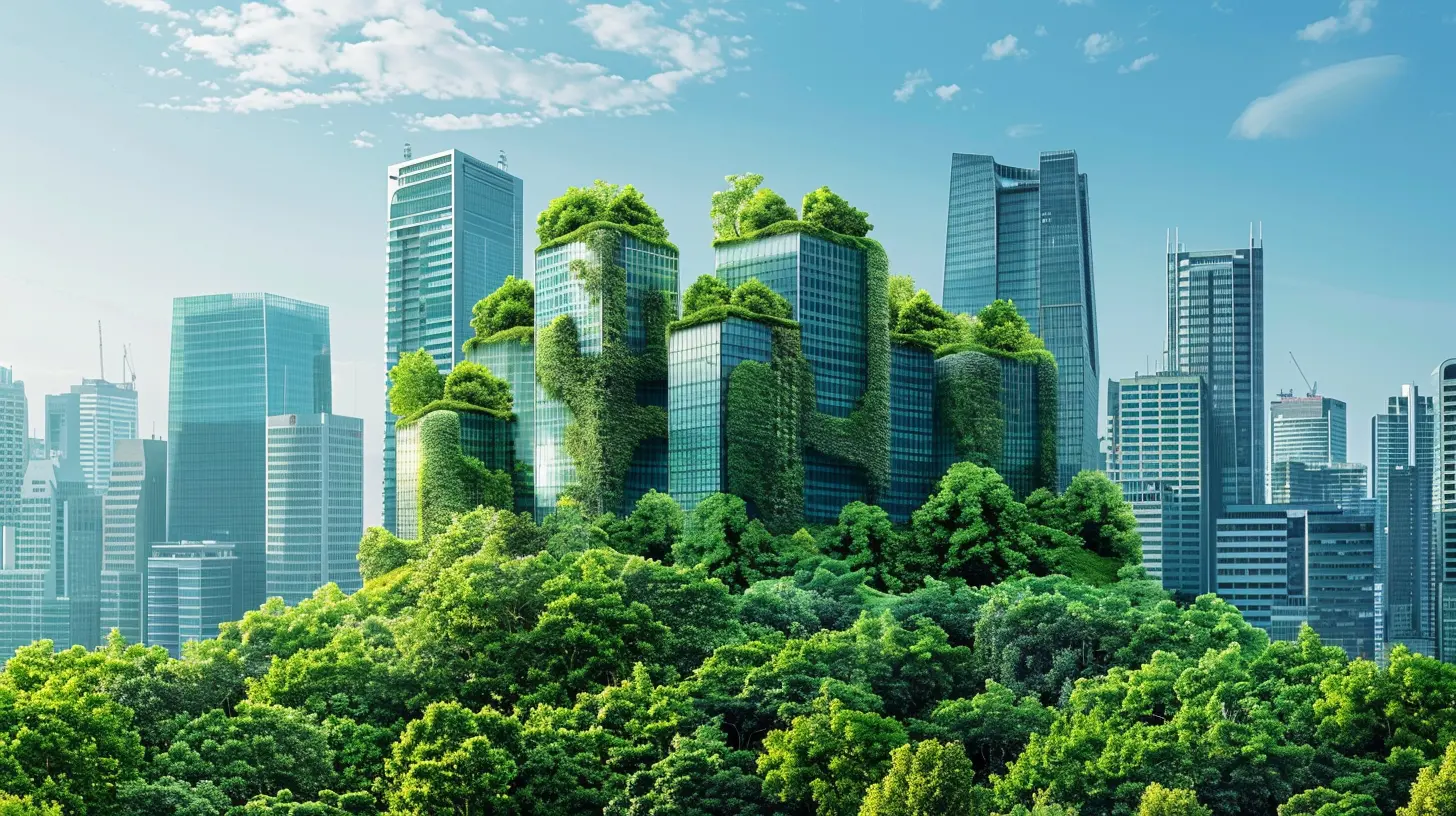
What Exactly Is a Smart City?
Think of a smart city like a living organism—only it's powered by data, sensors, and digital tools. These cities use technology to manage resources more efficiently, improve the quality of life, and reduce their environmental footprint.They rely on IoT (Internet of Things), AI, big data, and other tech tools to make systems like transportation, energy, waste management, and public services work smarter—not harder.
But there’s a twist. A smart city isn’t truly “smart” unless it’s also green. Integrating environmentally friendly solutions isn’t just nice to have—it’s a must-have.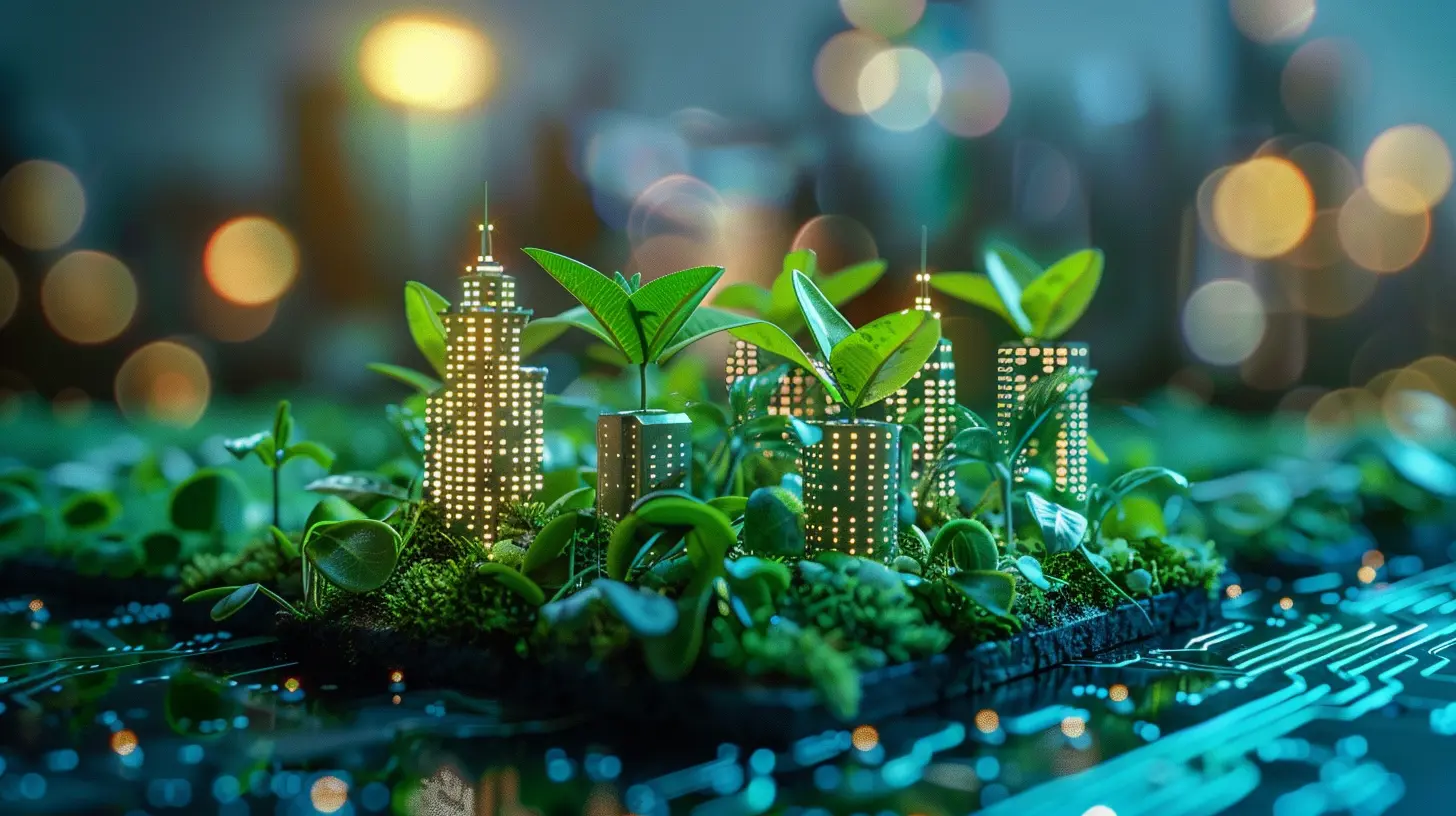
The Intersection of Smart and Green
Here's where it gets really interesting. When tech meets sustainability, cities can tackle real-world problems with real-world impact. Imagine cutting emissions just by managing traffic better or reducing waste through AI-powered recycling systems. It’s not just about being futuristic—it’s about being responsible.Let’s break it down.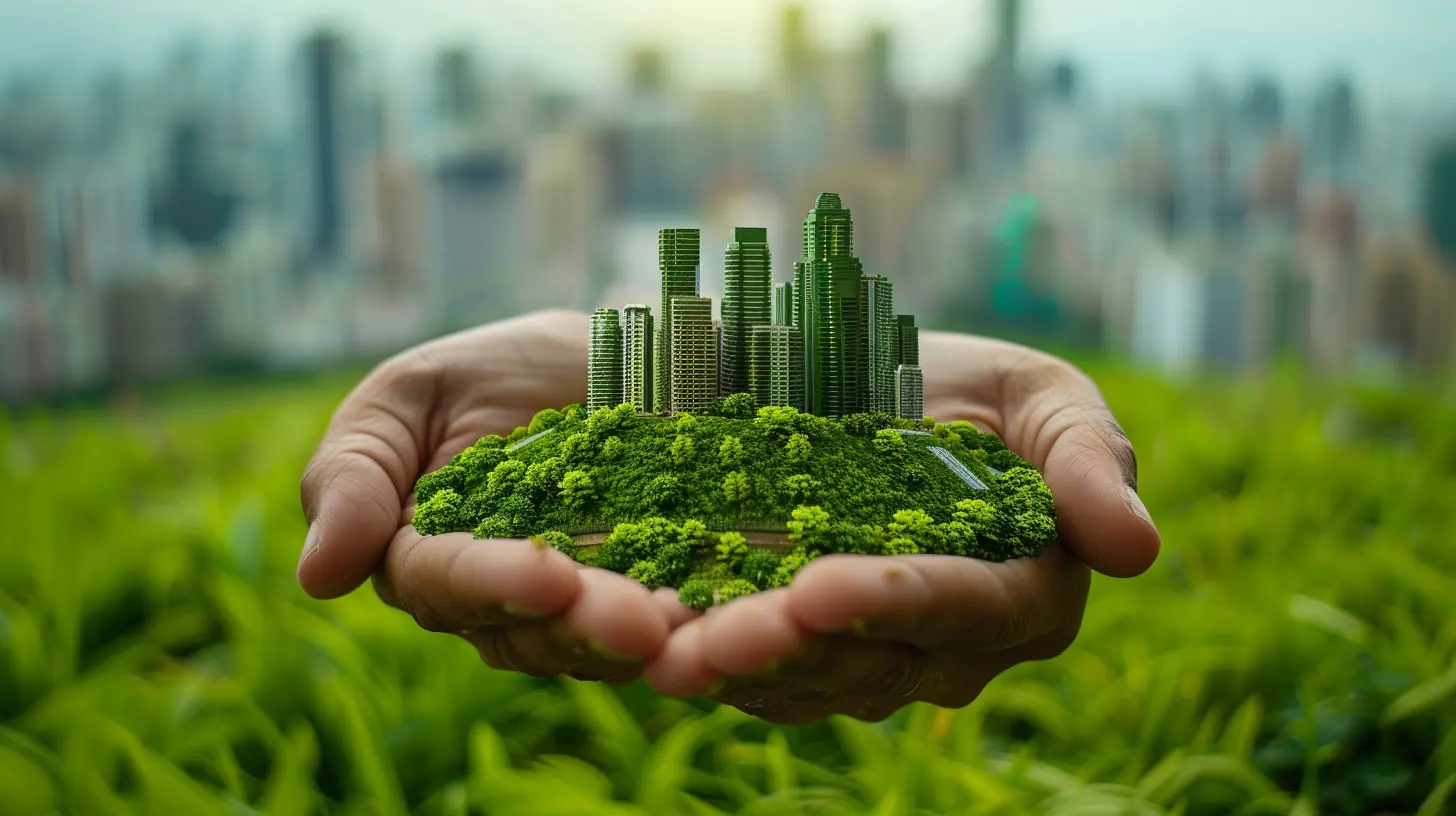
1. Smarter Energy = Cleaner Air
Ever left lights on at home and felt a twinge of guilt? Now imagine that on a city-wide scale. That’s a lot of wasted energy—and a lot of emissions.Smart cities are getting ahead of this by switching to:
a. Smart Grids
Smart grids are like traditional power grids—on steroids. They use sensors and automation to balance energy supply and demand in real time. This reduces waste, prevents blackouts, and integrates renewable energy sources seamlessly.b. Renewable Energy Integration
Cities like San Diego and Copenhagen are already weaving solar panels, wind turbines, and even geothermal systems into their infrastructure. These clean sources are managed with sophisticated tech to store power when it’s sunny or windy, and release it when it’s not.c. Smart Buildings
Buildings are energy hogs—but they don’t have to be. Smart buildings use sensors to adjust heating, lighting, and cooling automatically. Think lights that turn off when no one’s around, or windows that tint themselves based on sunlight. That’s energy efficiency in action.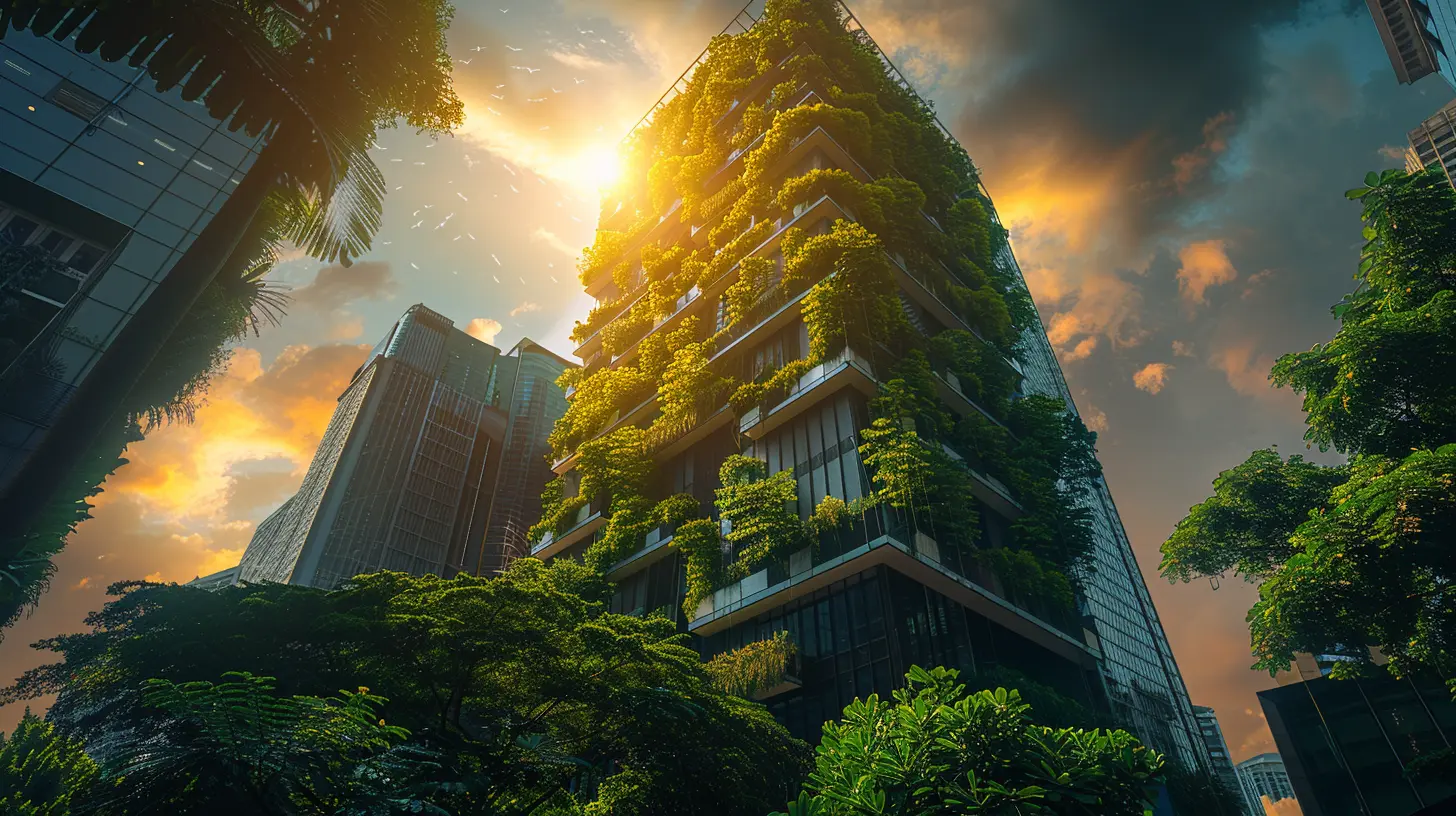
2. Transportation That Breathes Easier
Let's face it—traffic sucks. It's frustrating, time-sucking, and worst of all, a major source of pollution. But smart cities are flipping the script on traditional transportation.a. Electric Vehicles (EVs) and Charging Infrastructure
Smart cities are giving EVs a boost with networks of intelligent charging stations that monitor power usage and avoid overloading the grid. Some even use solar-powered chargers. That’s a win for drivers and Mother Earth.b. Intelligent Traffic Systems
Imagine traffic lights that adjust themselves based on real-time traffic flow. Or apps that guide drivers to the fastest, least congested routes. We’re talking less time idling in traffic, which means less emission and less road rage.c. Micro-Mobility Options
E-scooters, shared bikes, electric skateboards—you name it. These little guys are changing the way people move across cities. They’re ideal for short trips, cut down car usage, and best of all, they’re usually powered by clean energy.3. Waste Not, Want Not: Smarter Waste Management
Ever wonder what happens after you toss something in the trash? In smart cities, the answer might surprise you.a. AI-Optimized Waste Collection
With sensors in bins that signal when they’re full, trash collection becomes timely and efficient, not just routine. That means fewer collection trips, less fuel used, and lower emissions.b. Smart Recycling Systems
Recycling can be confusing—what goes where? Smart sorting systems, powered by machine learning, are improving how we separate trash and recyclables. Some cities even offer apps that tell you exactly how to dispose of items properly. Pretty cool, right?c. Waste-to-Energy Tech
In some cities, biodegradable waste is being converted into biogas or electricity. This gives a second life to what would’ve been landfill mass.4. Green Spaces and Smart Landscaping
It’s easy to underestimate the power of trees, but green spaces are the lungs of any city.a. Smart Irrigation Systems
These systems use weather data and soil sensors to water only when and where it's needed. No more watering in the middle of a rainstorm.b. Vertical Gardens and Green Roofs
When space runs out, go up! Many urban structures now sport vegetation on rooftops or vertical walls. Besides looking awesome, they absorb CO₂, improve air quality, and reduce the urban heat island effect.5. Water Conservation and Management
Water is life. Smart cities know this and are stepping up their conservation game.a. Smart Water Meters
These devices monitor usage in real time and can detect leaks instantly. That means faster repairs and less wasted water.b. Greywater Recycling
Greywater (from sinks, showers, etc.) can be treated and reused for non-drinking purposes, like flushing toilets or watering plants. It’s a simple fix that saves tons of water.6. Data-Driven Environmental Monitoring
You can’t fix what you can’t measure. Smart cities are loaded with environmental sensors that track:- Air quality
- Noise levels
- Temperature
- Pollution hotspots
This data allows city planners to respond fast, whether it’s adjusting traffic to lower toxic emissions or alerting citizens to poor air quality.
Real-World Examples of Green Smart Cities
Let’s take a quick tour of cities that are absolutely crushing it:Copenhagen, Denmark
Copenhagen aims to be carbon-neutral by 2025. They're using wind power, biking infrastructure, and smart traffic systems to achieve that goal.Singapore
Known as one of the world's greenest cities, Singapore uses smart water management, vertical farming, and AI-powered traffic control to minimize waste on all fronts.San Francisco, USA
San Francisco’s zero-waste goals are backed by tech that tracks and optimizes recycling and composting. Plus, there’s a major push for renewable energy and green transportation.Masdar City, UAE
This one's a wild card. Masdar is a planned city in the desert that runs entirely on solar energy, bans personal cars, and uses AI to monitor energy and water usage. It’s like something out of The Jetsons.Challenges and Roadblocks
Let’s not pretend everything is perfect. There are real hurdles:- Cost: Green tech and smart infrastructure ain't cheap.
- Privacy: With sensors and data everywhere, who’s watching the watchers?
- Digital Divide: Not everyone has equal access to smart tech.
- Maintenance: These systems need constant updates and repairs.
But with the right planning and policies, these challenges are manageable.
So, What’s Next?
We're just scratching the surface. Future smart cities could feature:- Autonomous EV fleets that run on solar power
- Buildings that produce more energy than they consume
- AI-driven emergency services that respond faster than ever
- Drones monitoring air quality in real time
The goal isn’t big flashy tech—it’s thoughtful integration that puts the planet and people first.
Why You Should Care
Whether you live in a bustling metropolis or a sleepy suburb, what smart cities are doing today could shape how you live tomorrow. Cleaner air, less waste, efficient services, and a healthier planet—we all benefit.So next time you hear "smart city," don’t just think of gadgets and sensors. Think of it as a city that listens, learns, and acts for a better future.
Because at the end of the day, a smart city isn't just about technology—it's about people, and planet, working better together.
all images in this post were generated using AI tools
Category:
Green TechnologyAuthor:

Michael Robinson
Discussion
rate this article
1 comments
Derek McKnight
Smart cities are going green, proving that even technology can have a heart! It's like giving Mother Nature a Wi-Fi password—now she can stay connected while we all enjoy cleaner air and smarter streetlights. Talk about a glowing endorsement for eco-friendly living!
September 3, 2025 at 2:27 AM

Michael Robinson
Thank you for your creative comment! It's exciting to see how technology and sustainability are coming together to enhance urban living and protect our environment.
